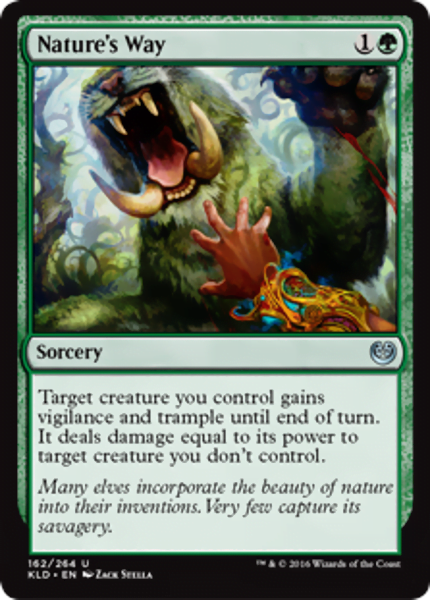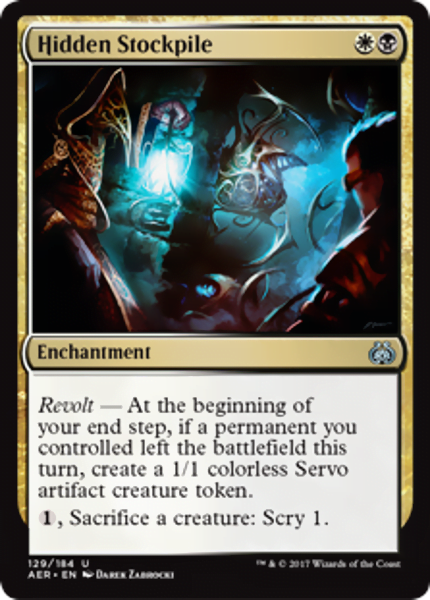When I started this series, it was on a whim, and I did not map it out at all. I picked an arbitary start point (I mean, Odyssey was legal when I started, why not start there? I played Extended, why not reach back to the start of that? I play a lot of cards that predate myself, etc etc) and just kept going bi-weekly. I wasn’t aiming to be relevant or timely. I try to avoid that!
I didn’t realise Kaladesh and Amonkhet would have just rotated by the time I got to them.
Kaladesh is a bit too fresh, and it was in part something that edged me out of Standard, even as it pushed me into playing with my cube a lot. This set had one of the first mechanics I’ve ever seen that made Fox – Fox! – actively happy about the way a limited environment played. It had a huge cultural importance, I got to watch the rolling waves of cultural imposition, accusations of mistakes, cultural insensitivity and the fascinating question of what respect to faith in this context.
And also, a bunch of busted, busted cards.

It isn’t like Kaladesh was itself a very broken block? It wasn’t trying to do anything too silly. There was definitely power, and a lot of its mechanics were kind of insular, but it wasn’t like the set felt anything like as bad as Mirrodin was to live through.
It was a little cycle happy, and as a modern set, it means those utility effects are, usually, just plain out better. Glimmer of Genius, for example, is one of the best instant-speed draw spells of its type, the gearhulks range from interesting to amazing, and there’s usually a vehicle or two that can suit what most decks want to do. Vehicles are a really nice bit of development technology, because they’re a useful anti-control tool that doesn’t leave control helpless to answer – it just means that to contain an aggro deck a control deck may need to protect itself on two or three axes, and that after wraths clear the board, an aggro deck may still have a vehicle that can represent ‘haste’ from any topdecked threat.
Still if you know me, you’ll know I am a sucker for utility effects, and a really nice, odd one in this set is this.

Nature’s Way is no Doom Blade, nor is it an Ambush Viper, but it is a very spicy sorta-fights effect. Trample and vigilance are often good enough ways to swing a fight on their own, but giving a big threat a way to swing over something and clear out something else tends to represent, in mid-range decks, three cards for the price of one.
Robust little card. Is it going to be better than Prey Upon for the mana? Not always. But this works with some creatures that are a bit fragile and have on-damage triggers in a way that Prey Upon doesn’t.

It’s a small thing.
It’s a really small thing.
It was pointed out to me. I didn’t notice it myself.
But Aether Revolt contains one of my most nagging failures of modern Magic The Gathering mechanics as worldbuilding. That is, the mechanic revolt, which is meant to represent loss or disruption to the everyday resulting in greater, revolutionary efforts, doesn’t appear in red at all.
Anyway, here’s a card I liked.

Hidden Stockpile is a very businesslike card. It isn’t particularly impressive, it isn’t particularly powerful, and often it doesn’t do much. My preferred time to drop it is on turn three, when I can activate it, after some one or two drop that doesn’t mind dying, ala a Doomed Traveller. Scry, get a death trigger, make a blocker, that kind of setup works well for a grindy deck.